From the elements of art to the great goddess Durga — Smarthistory is adding new content every week.
Prehistoric to contemporary

From the elements of art to the great goddess Durga — Smarthistory is adding new content every week.
Prehistoric to contemporary
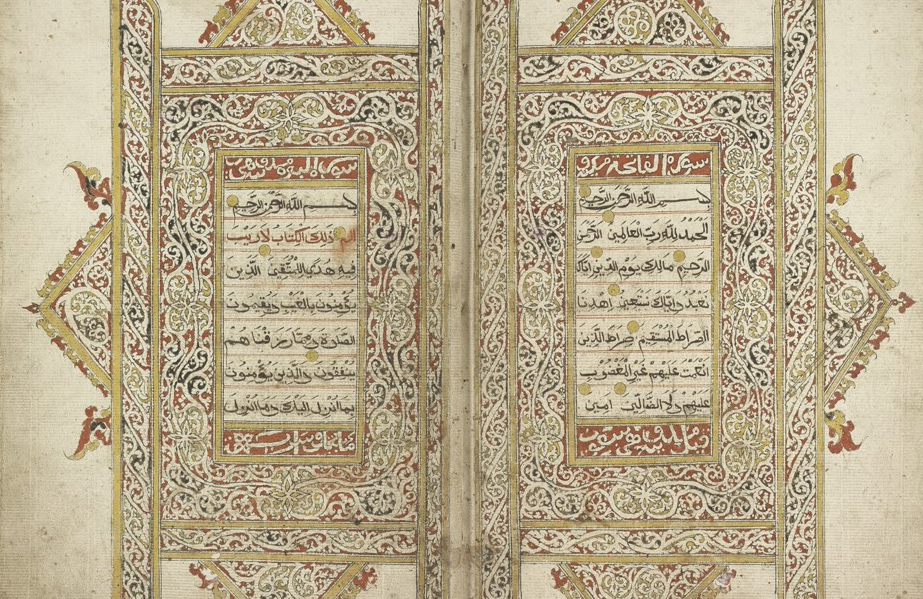
Aceh, in present-day Indonesia, was the site of one of the earliest Islamic kingdoms in Southeast Asia.
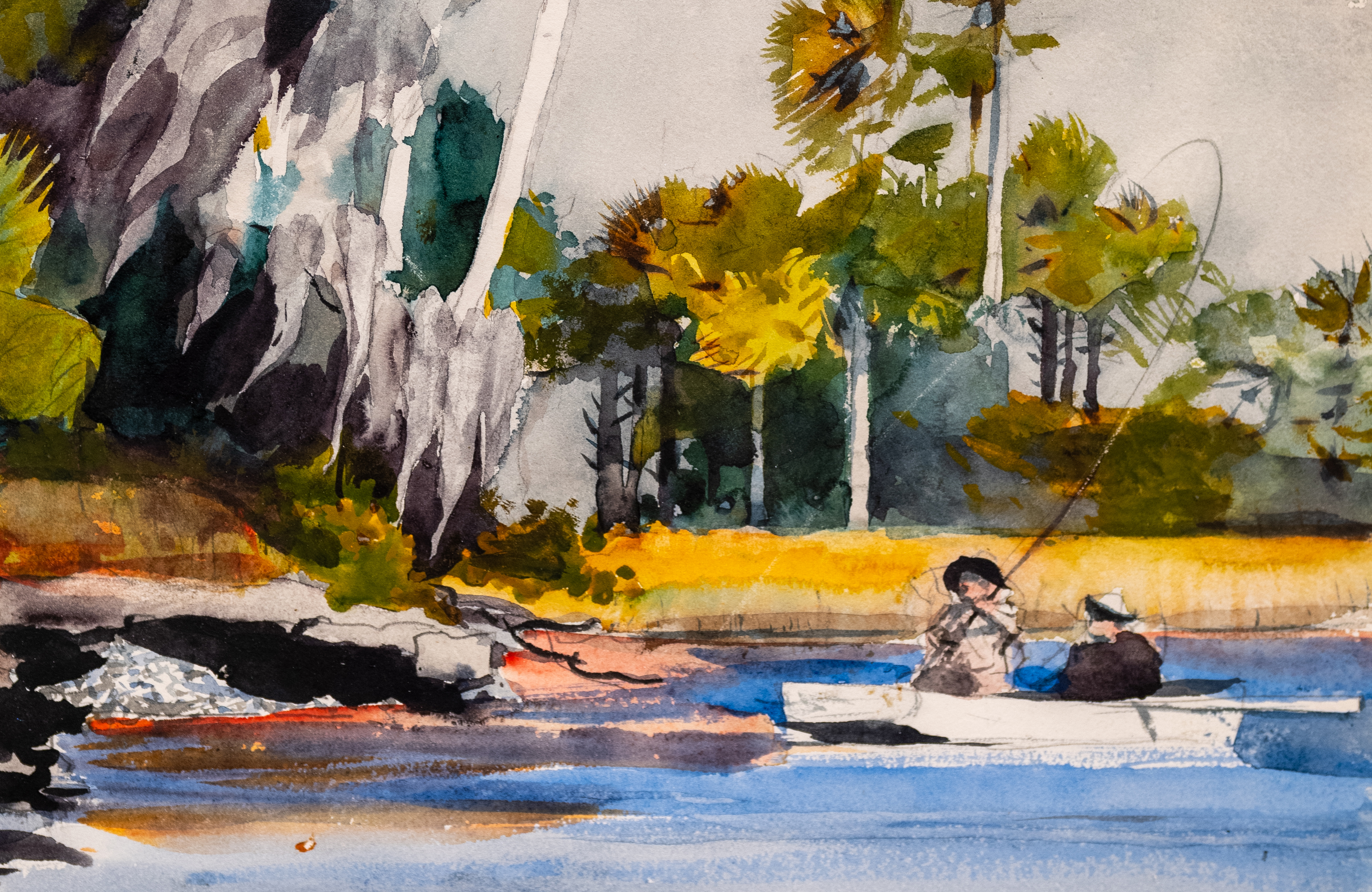
A fisherman himself, Homer paints a peaceful fishing scene in the Gulf Coast of Florida.
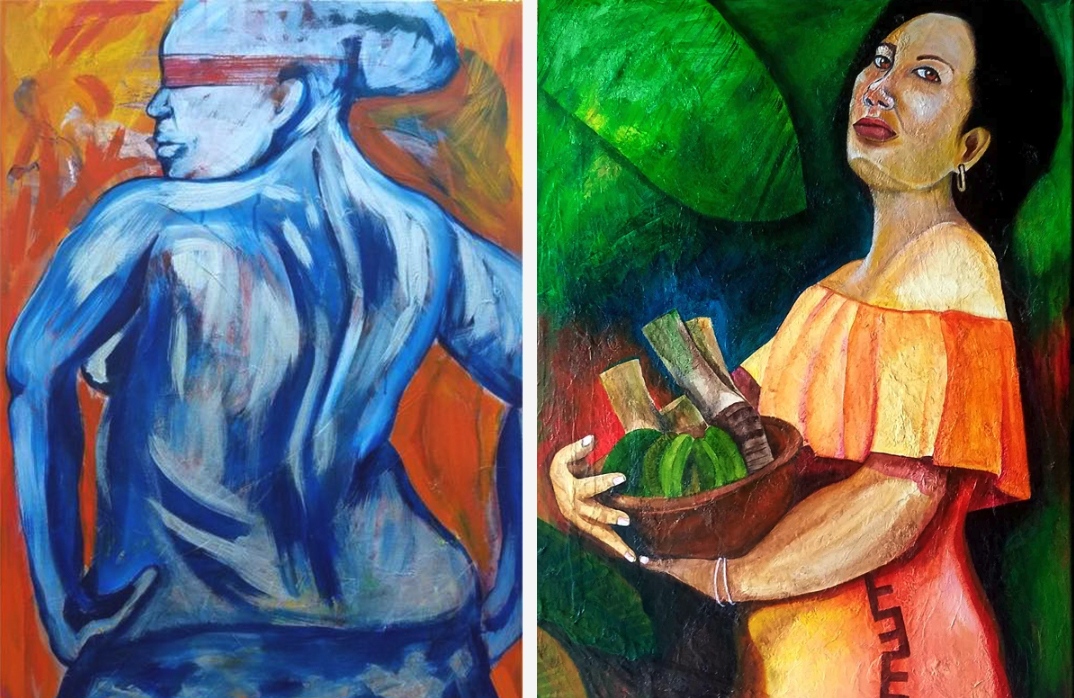
Bruder portrays strong, resilient women that counter Euro-American stereotypical depictions of the people of Melanesia.
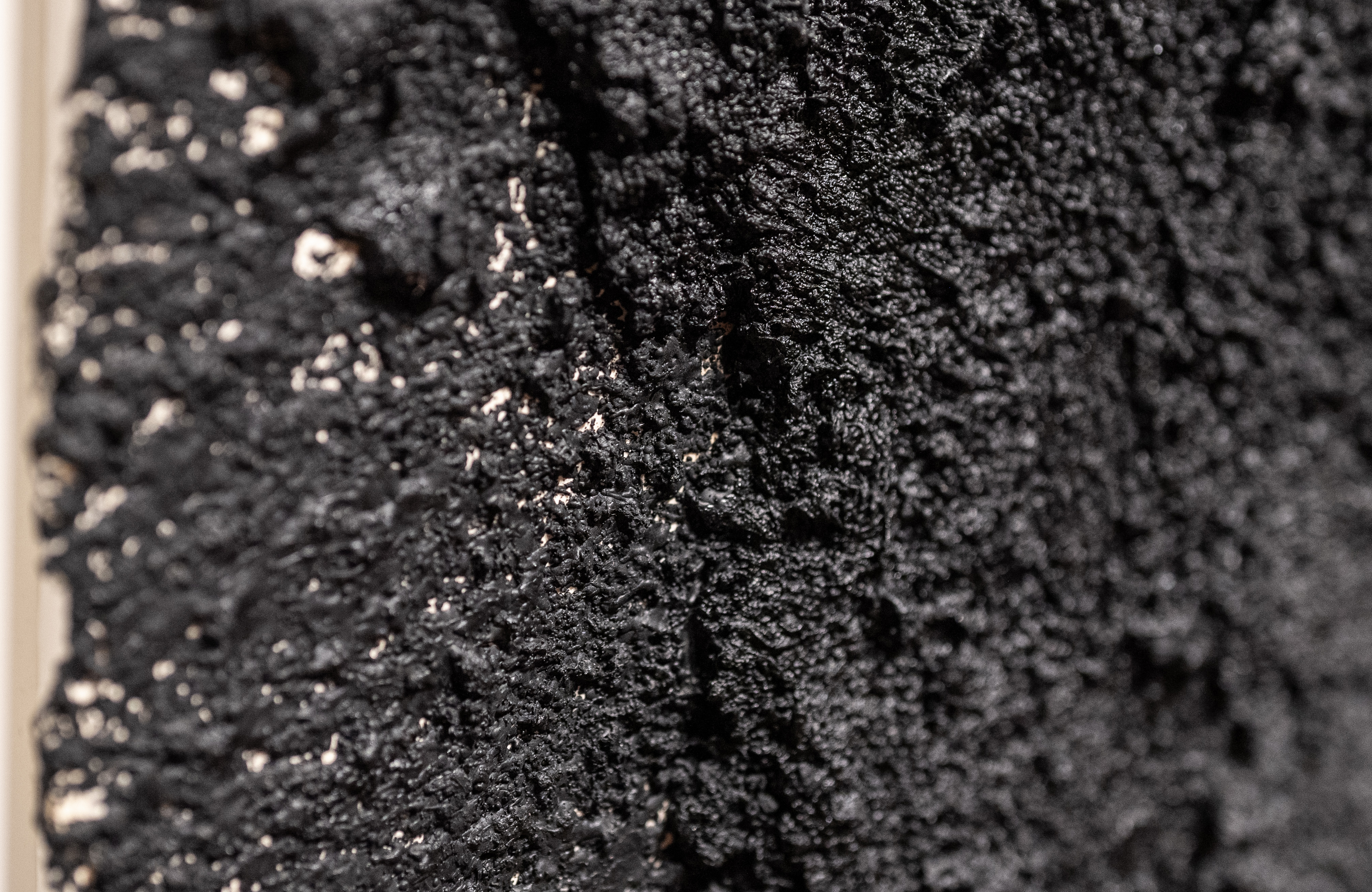
Serra builds a textured surface with layers of oil stick, blurring the distinction between drawing and sculpture.
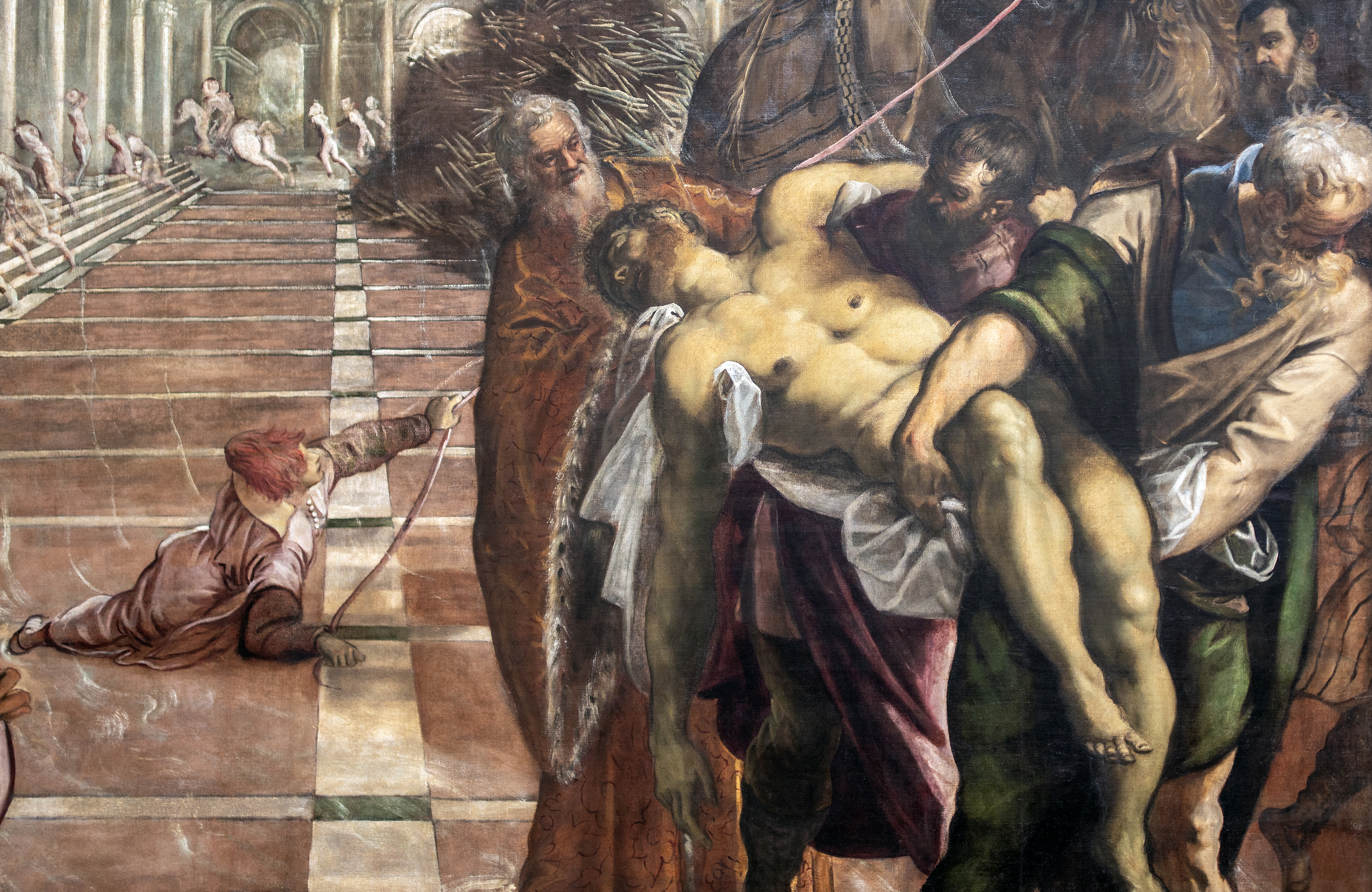
Tintoretto's bold painting of Saint Mark establishes the saint's presence in Venice as predestined.
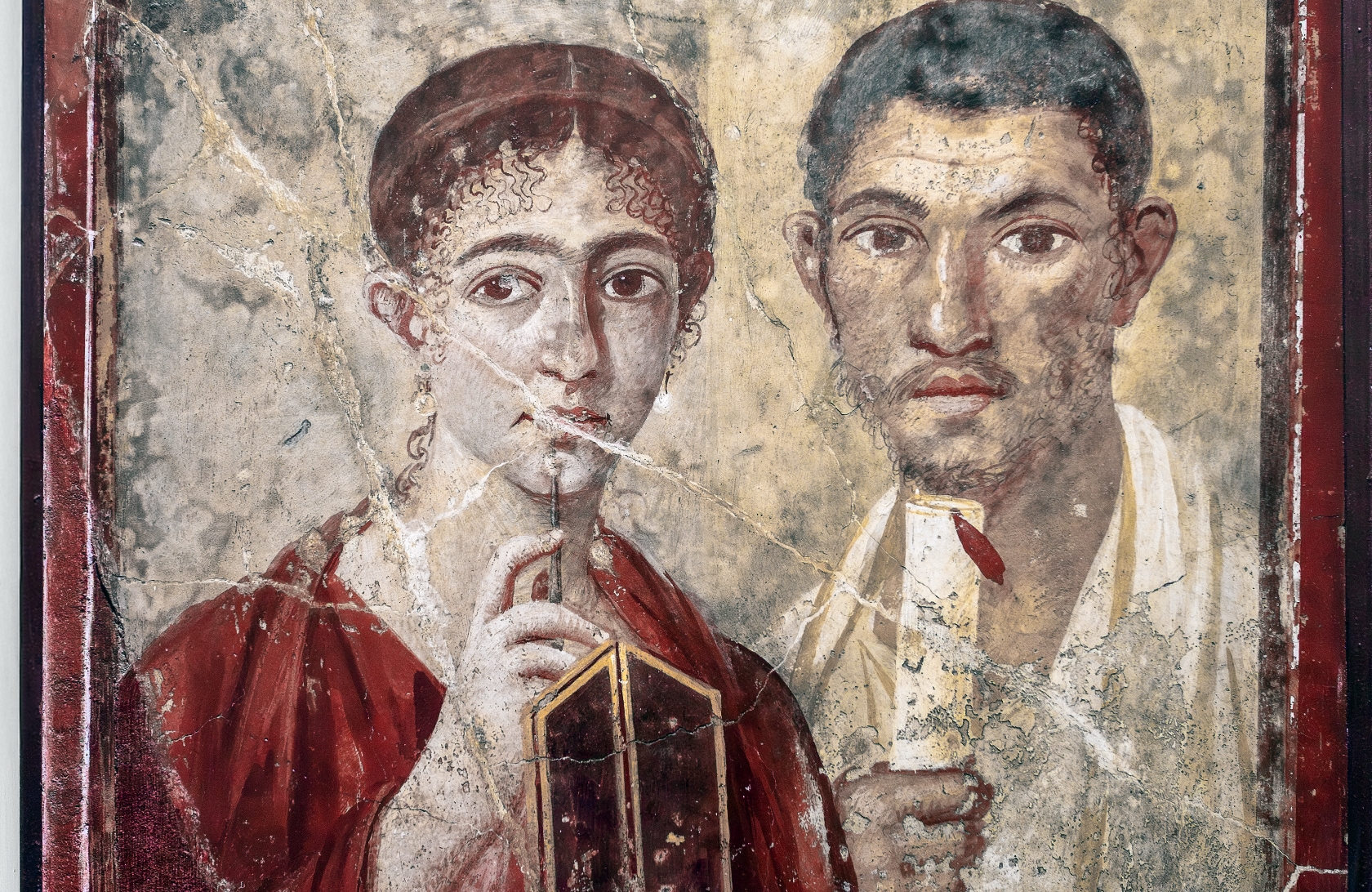
This Pompeian couple favored having their portraitist capture a true likeness rather than airbrushing away any unflattering features.
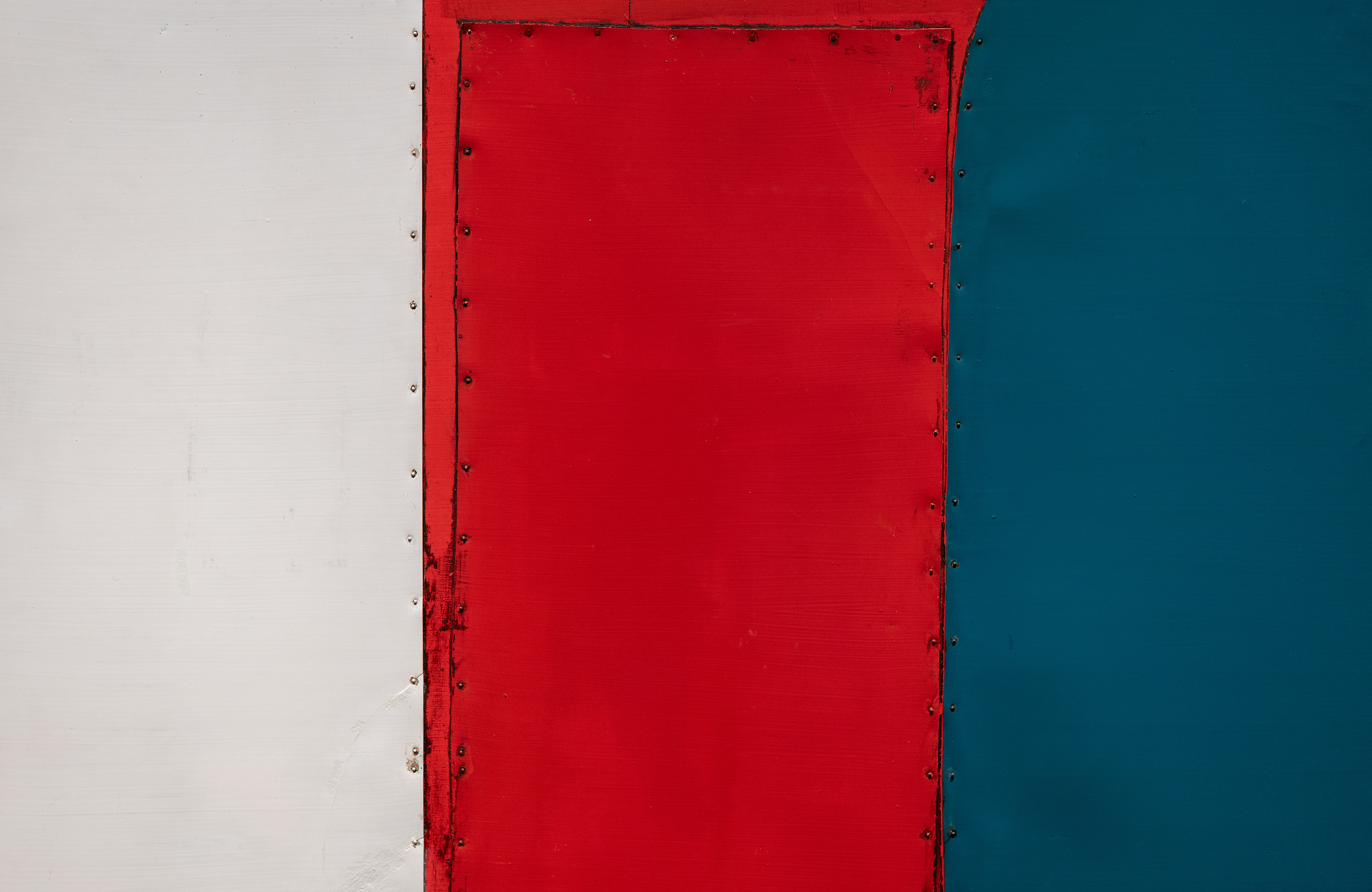
White, red, and aqua panels create an entire universe of space, absence, and form.
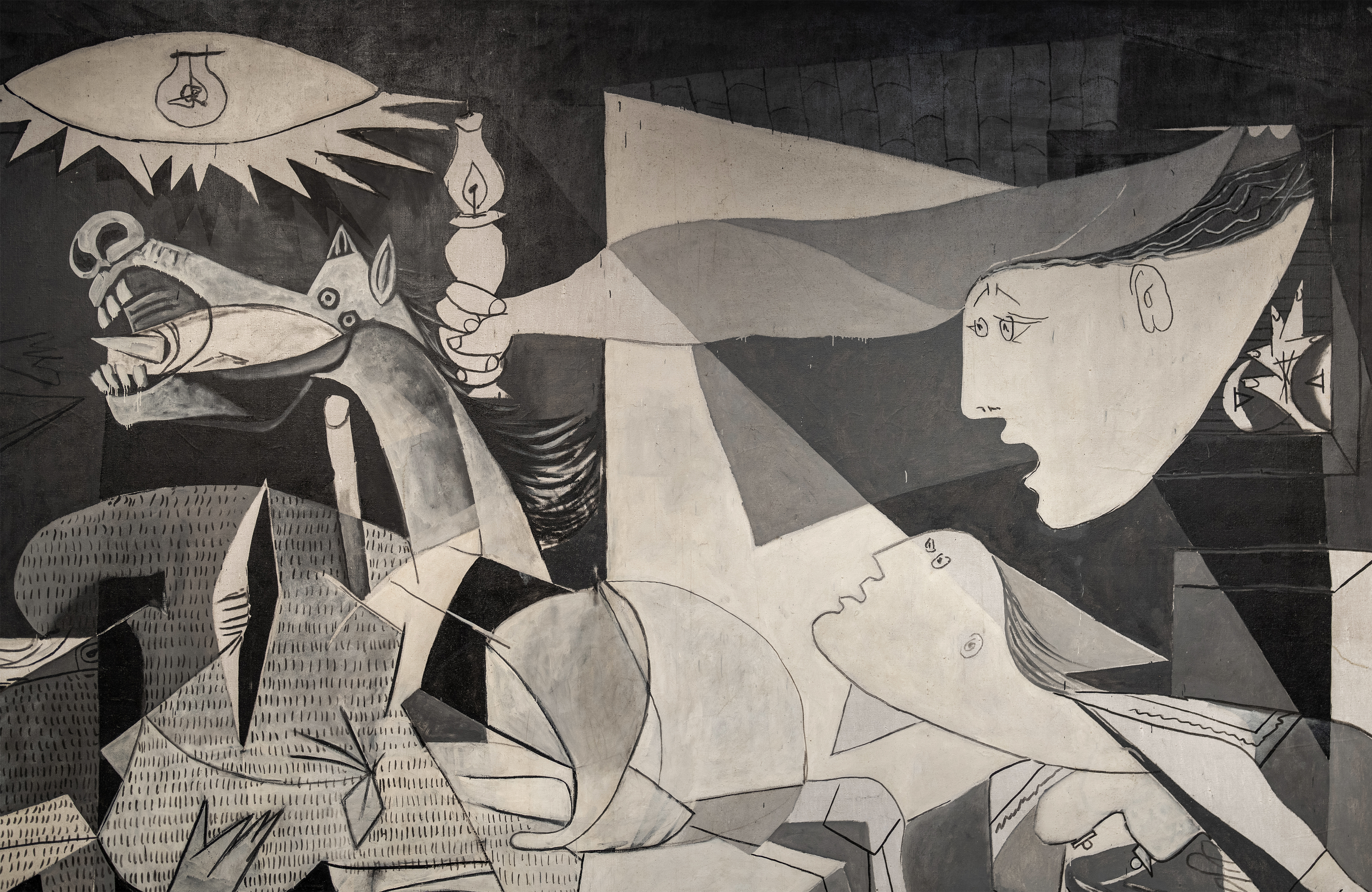
Paintings of this size had historically exalted war, but this one suggests that war is anything but heroic.
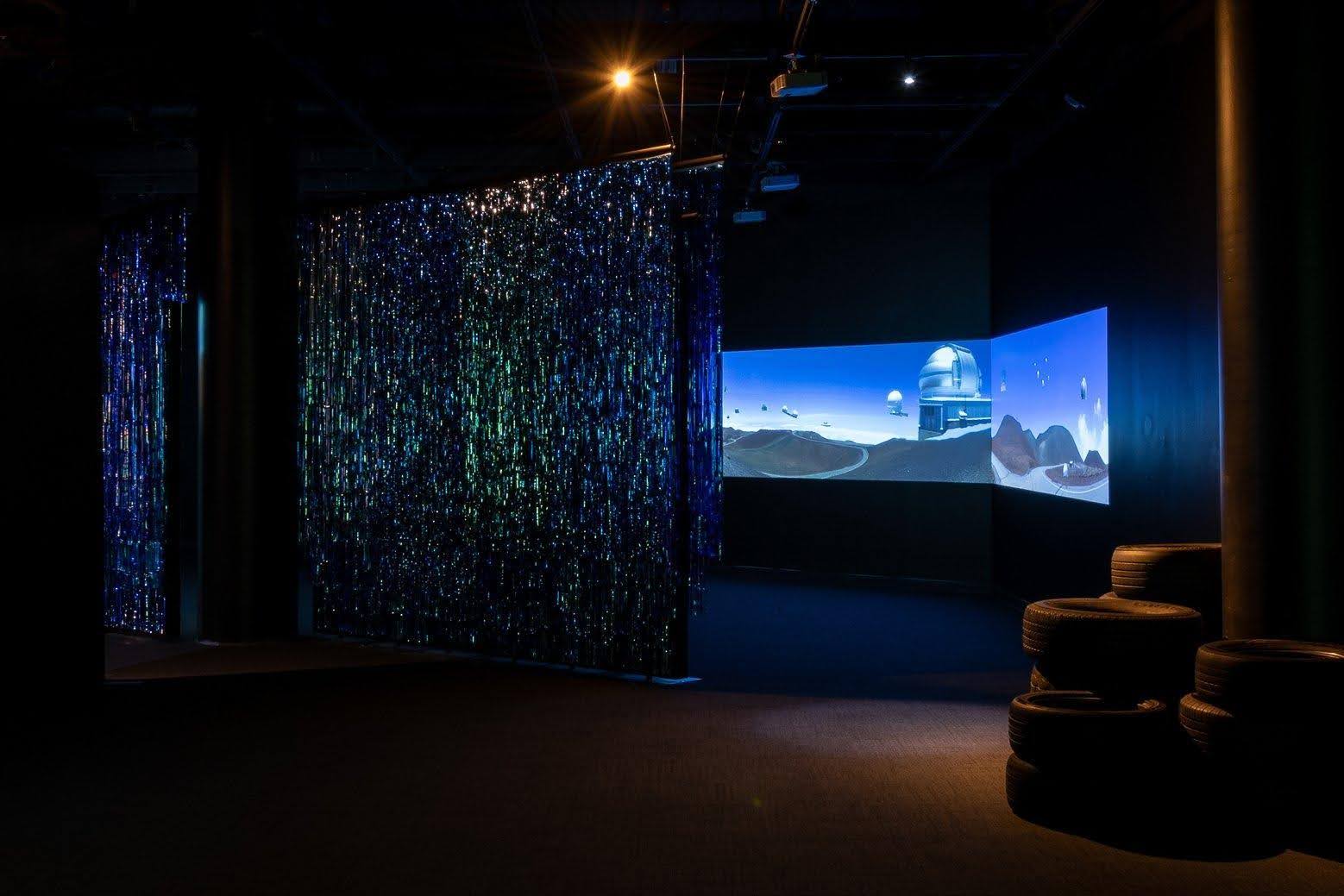
In an imaginative 3-minute film, Rands envisions the sacred Hawaiian summit Maunakea free of telescopes.
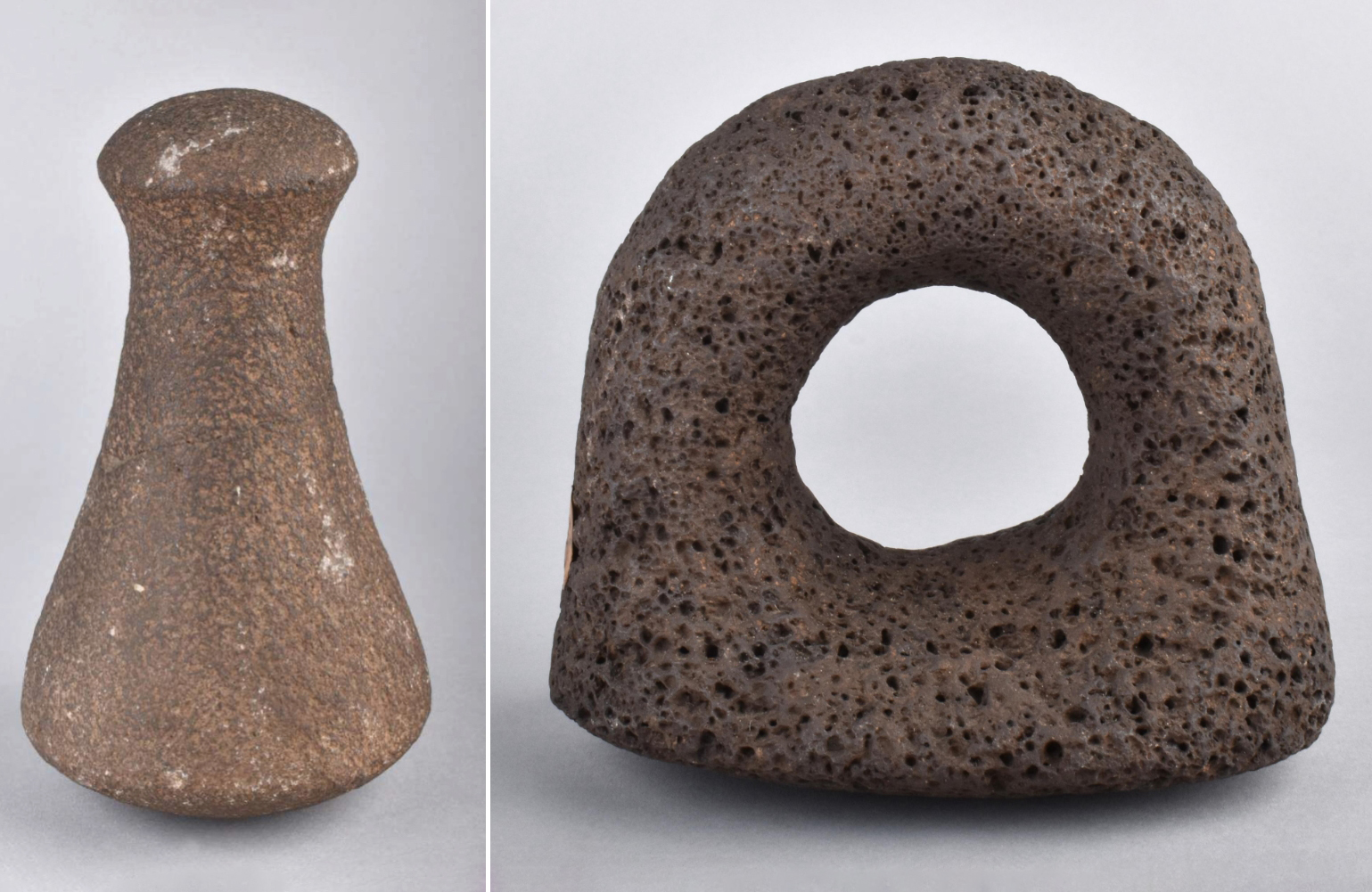
The pōhaku kuʻi ʻai has become an important symbol of Kanaka ʻŌiwi (Native Hawaiian) life and culture.
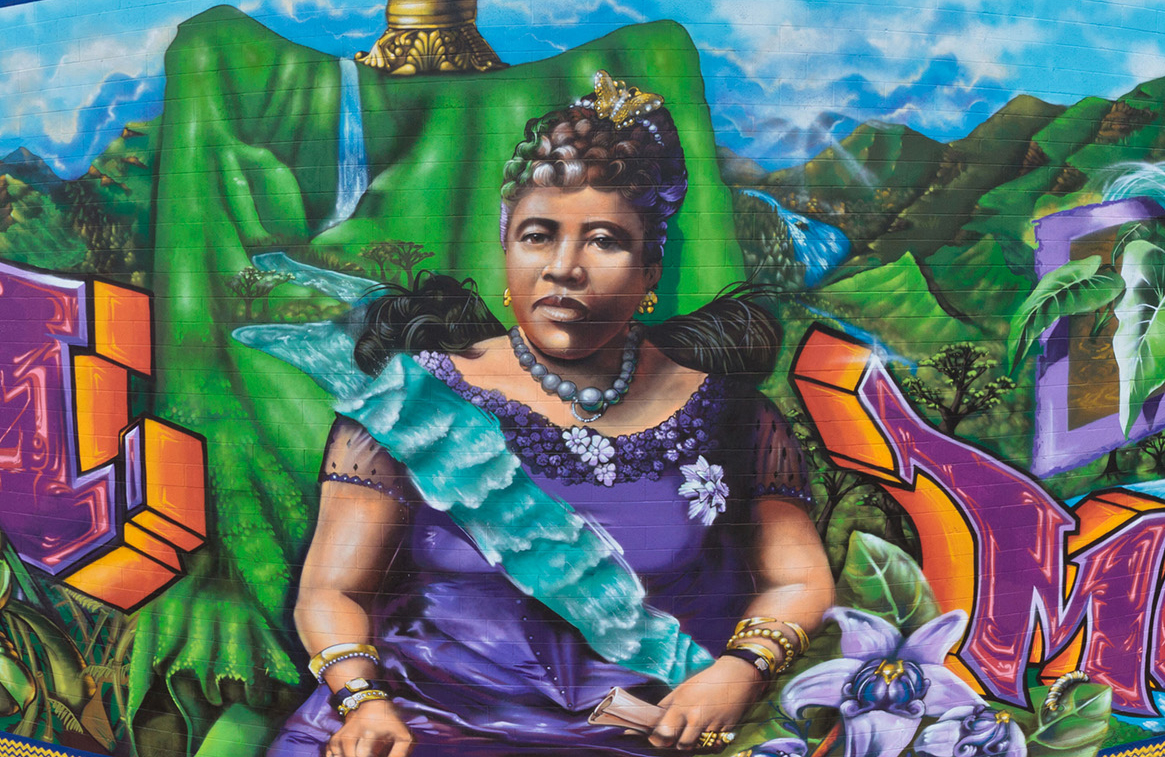
In its call to collective engagement, the mural opens space for the viewing public to be transformed in profound and lasting ways.
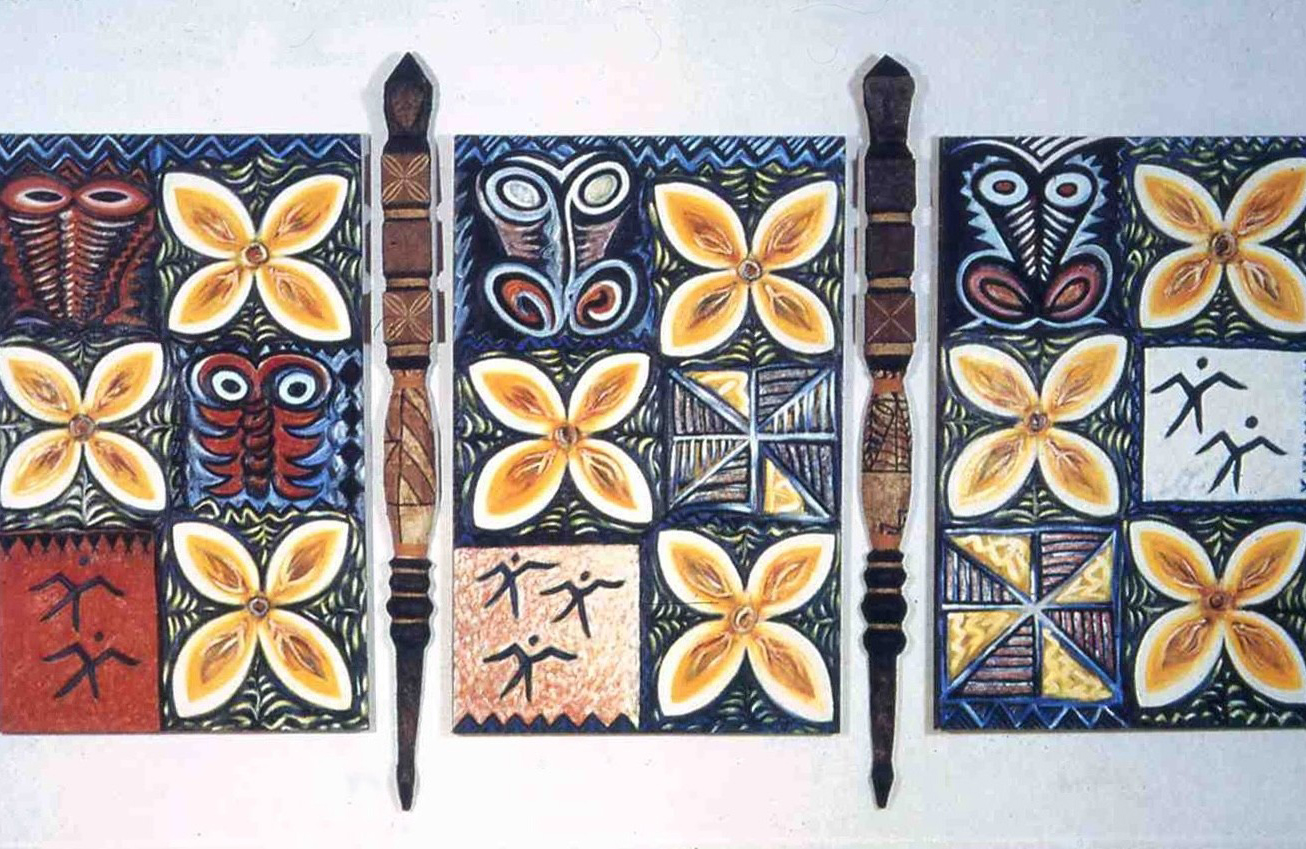
Feuʻu's work embodies the values of Faʻa Sāmoa (the Samoan way): reverence, compassion, and service.